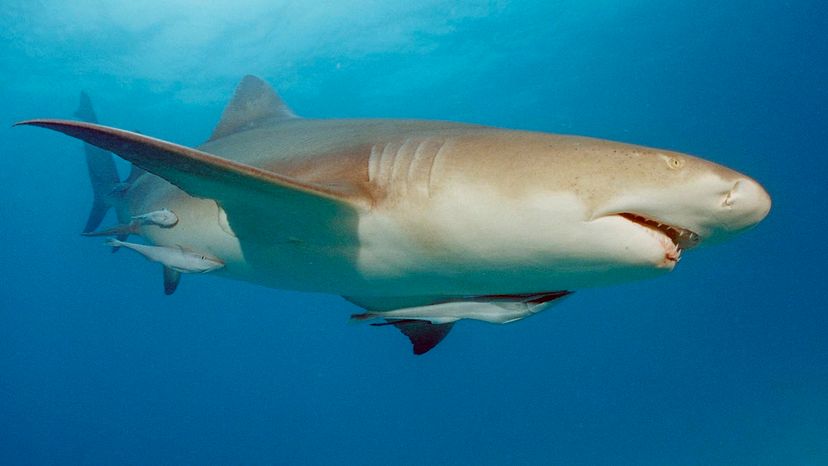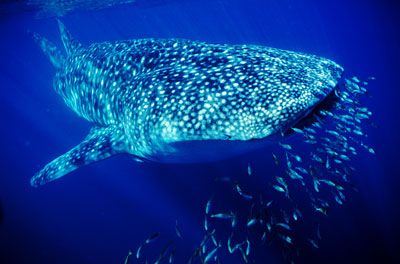
The silhouette of a massive shark lurking below the ocean's surface doesn't exactly conjure up images of a laid-back creature that prefers to chill with its posse. But research shows there's a yellow-hued giant — the lemon shark (Negaprion brevirostris) — who isn't a fan of aggression and seems to have quite the social life.
Lemon sharks hang out in subtropical, coastal waters and can grow up to 10 feet (3 meters), weigh up to 551 pounds (250 kilograms) and live to be up to 30 years old. Besides sporting an unusual skin color for a shark, they're recognizable by their short, blunt snout and two similar-sized triangular fins on their back, positioned behind the pectoral fin.
Advertisement



